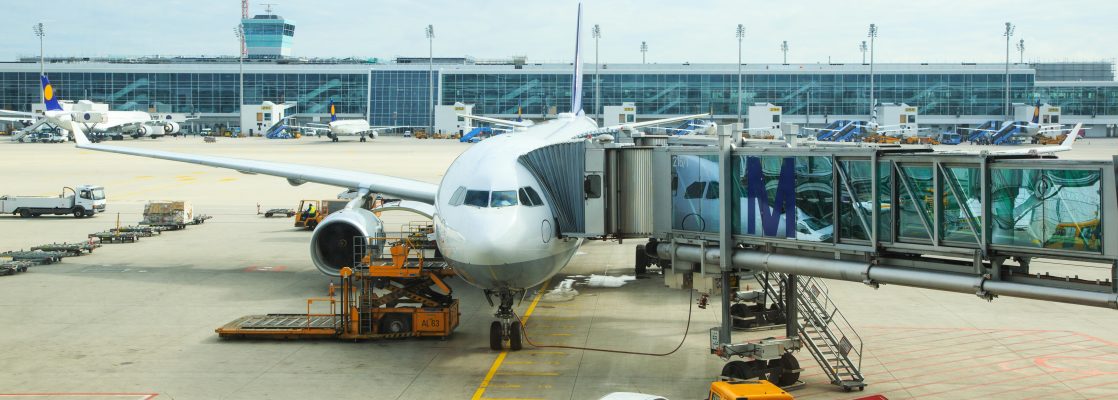
In today’s fast-paced world, the need for efficient and rapid transportation is more crucial than ever. As we explore the various modes of transport available, one question arises: Is air transport truly the fastest mode of transport? In this blog post, we will delve into the intricacies of air transport, examining its advantages, limitations, and the factors that contribute to its unparalleled speed.
- The Need for Speed:
Air transport has long been hailed as the epitome of speed, allowing people and goods to traverse vast distances in remarkably short periods. Unlike other modes of transport, such as road or rail, air transport is not constrained by geographical obstacles or traffic congestion. This freedom of movement enables aircraft to travel at high speeds, making it an ideal choice for time-sensitive situations. - The Physics of Flight:
To understand why air transport is so fast, we must first grasp the principles of flight. Aircraft utilize the power of aerodynamics, harnessing the forces of lift, thrust, drag, and weight to achieve controlled movement through the air. By generating lift through the shape of their wings and propelling themselves forward with powerful engines, airplanes can attain incredible speeds, often surpassing those of other modes of transport. - Global Connectivity:
Another aspect that sets air transport apart is its ability to connect distant locations across the globe. While other modes of transport may be limited by infrastructure or geographical constraints, airplanes can traverse oceans, mountains, and deserts with relative ease. This global connectivity not only facilitates international trade and tourism but also enables swift humanitarian aid and emergency response in times of crisis. - Time Efficiency:
When it comes to time-sensitive situations, air transport reigns supreme. The speed at which airplanes can transport passengers and cargo significantly reduces travel time, making it an invaluable asset for businesses and individuals alike. Whether it’s delivering perishable goods, attending crucial meetings, or reaching remote destinations swiftly, air transport offers unparalleled time efficiency. - Limitations and Challenges:
While air transport boasts remarkable speed, it is not without its limitations and challenges. Factors such as weather conditions, air traffic congestion, and airport procedures can impact flight schedules and cause delays. Additionally, the high costs associated with air travel and the environmental impact of aviation pose significant challenges that need to be addressed for sustainable and accessible air transport in the future.
Conclusion:
In conclusion, air transport undeniably holds the title of the fastest mode of transport. Its ability to overcome geographical barriers, its global connectivity, and its time efficiency make it an indispensable tool in our modern world. However, it is crucial to address the limitations and challenges associated with air transport to ensure its continued growth and sustainability. As technology advances and new innovations emerge, the future of air transport holds even greater potential for speed and efficiency, revolutionizing the way we travel and connect with the world.

